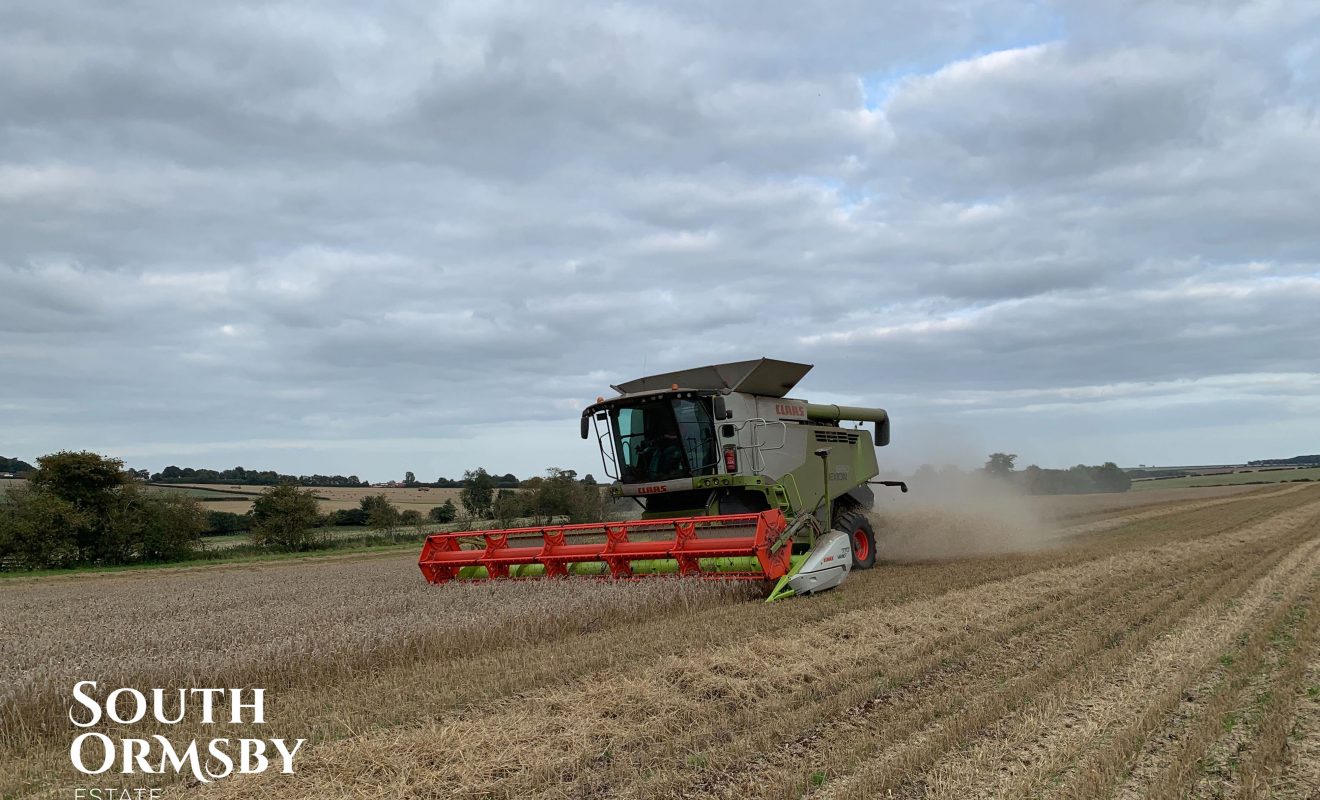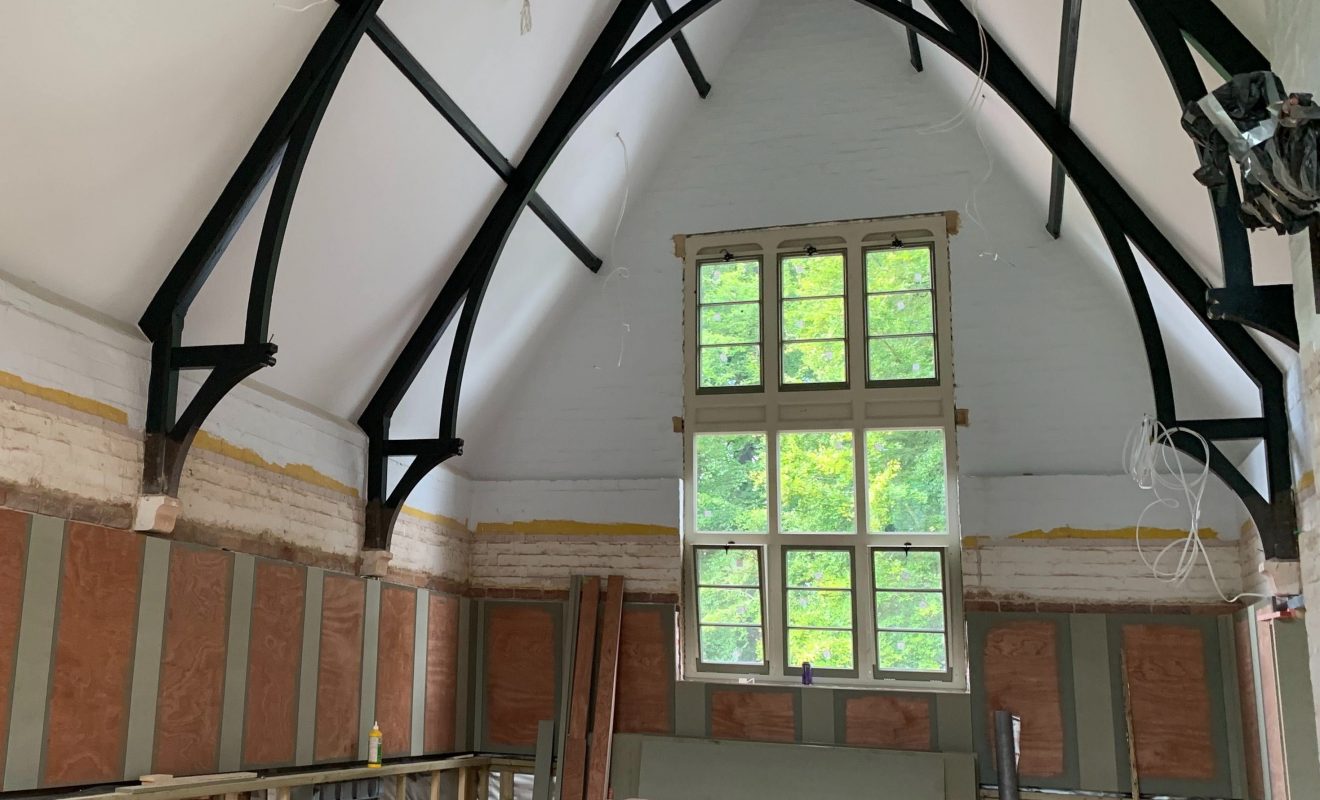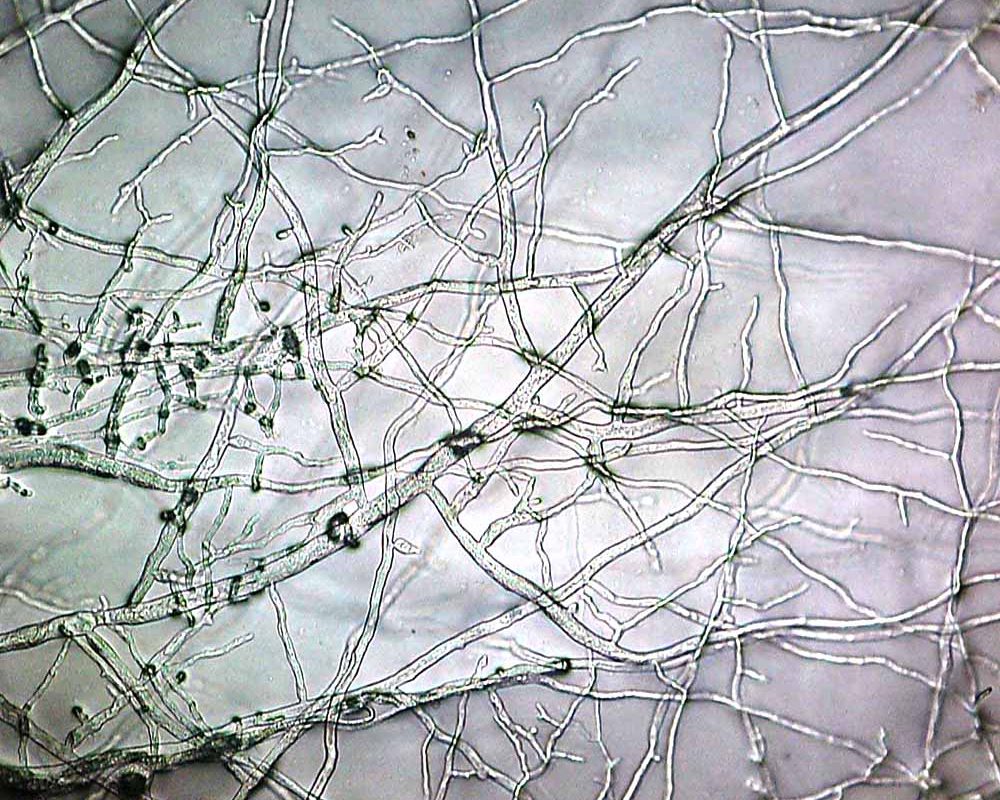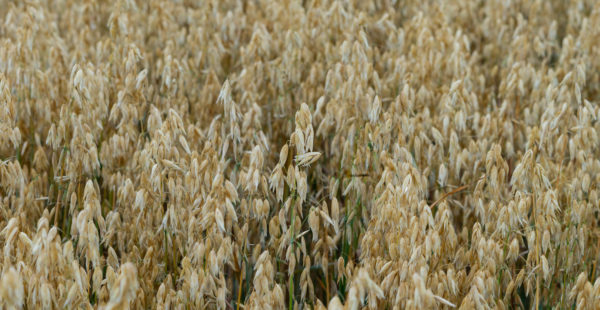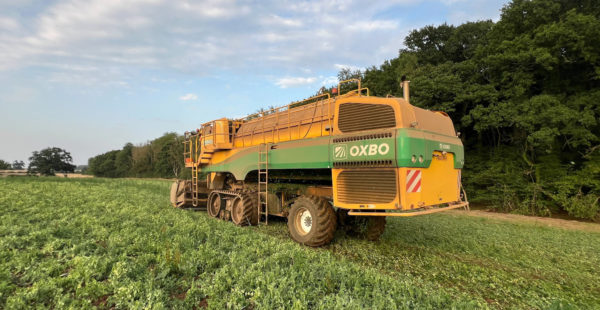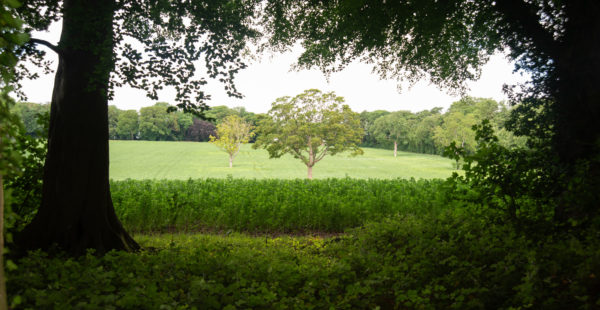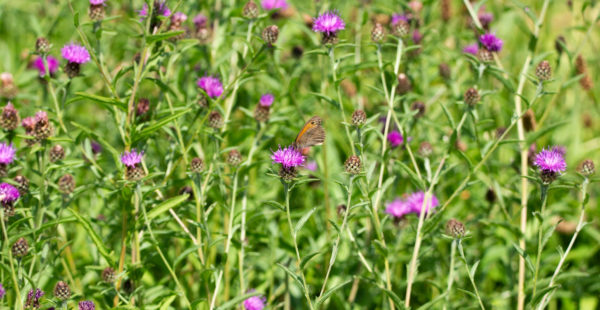A Week on the Estate: Summer Returns, Harvest Ends & Soil Speaks
This week felt like a temporary return to summer. Several days started with a hazy autumnal sunrise but blue skies dominated and we saw temperatures in the high twenties Celsius.
We finished our harvest with the last two fields of winter wheat. We had some varied yields, but on the plus side we’ve now got the wheat stored away and the low moisture content means it won’t need a lot of drying. The lessons we’ve learned in this year of great climatic variation will help us make the best of seasons to come.
In and around the estate, everything is looking spick and span as we enjoy the fine weather and prepare for winter. The Massingberd Arms is looking most inviting with its colourful floral planters and brand-new sign. Ben Bierley and his team from Grassroots have done a fine job of tidying up the grass borders and the privet hedge at the Old Rectory.


